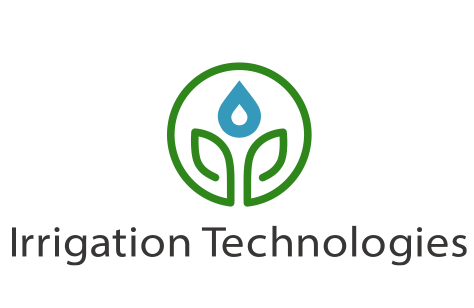How does DRI Save Water?
The DRI unit is a simple device that directs the flow from the drip emitter of a standard drip irrigation system, directly to the root zone of the plant. Independent tests have shown that the DRI unit’s patented design allows water and nutrients to be introduced into the soil in a manner that creates a “bulb” of saturation. Imagine a sub-surface wet pattern in the shape of a 3 to 4-foot diameter onion. At the core of this wet pattern is a sphere of fully saturated soil with layers of lowering saturation ratios as the wet pattern extends outward from its center core. Because the fully saturated core is surrounded by moistened soil it takes significantly longer for the water in this “bulb” to dissipate. When comparing wet patterns, the “bulb” of saturation created by DRI has been measured to last 3 to 4 times longer in duration than wet patterns from other surface irrigation methods, including standard drip. This saturation “bulb” also takes less time to develop, less time to get to the root zone, as it does not have to work its way from the surface through a soil depth that is not part of the root zone. What we call the “wasted water zone”.
Because of the longevity of the soil moisture in the DRI “bulb,” watering duration’s and the time between watering’s is significantly reduced. This along with the elimination of water evaporation at the surface, which is present in all other surface irrigation techniques, creates a tremendous amount of water savings. Many farmers who have compared DRI to what is currently considered the most water efficient irrigation system (standard drip), have experienced more than a 60% reduction in their water usage with the DRI unit. These same farmers are pleasantly surprised to see how long they can wait between irrigation cycles.
Sometimes pictures are worth a 1000 words…
Farmers are amazed when we do a comparison test in their own fields between a DRI unit and their current drip or other irrigation system. The photos below shows a side by side test between a DRI unit and a standard drip system. The test was done for 30 minutes using one gallon per hour emitters. After 30 minutes, the areas were cross-sectionally dug and the photos from this test are below. DRI is on the left (note the ¼” tube sticking up out of the ground) and the traditional drip is on the right.
The DRI unit is on the left and the standard drip application is on the right.
Photo of the the standard drip after 30 mins.
photo of the DRI application after 30 mins.
The photo just above shows the DRI unit has significantly more saturation in just a 30-minute period than the very limited surface saturation of the standard drip system in the same amount of time, amount of water delivered, environment and soil conditions. This test is a good illustration of the “wasted water zone” and where the efficiency of the delivery of water to the root zone can be clearly seen between a drip system with DRI and a surface drip system without it.
Interesting fact: Drip Irrigation is considered with no doubt in the agricultural industry as the most water efficient system available to the farmer. Imagine a device that can take that same system and cut the water usage of that system by more than 60%!....... That’s DRI Technology!
Imagine your impact on our environment!
Your farm may not be in California, but as you may know California is using their aquifers faster than they can replenish them. Because of this, the state has put into effect water restrictions on the farmer in how much they can use on their crops! Go to the end of the ‘Research’ page and see how one farmer is making this work.



